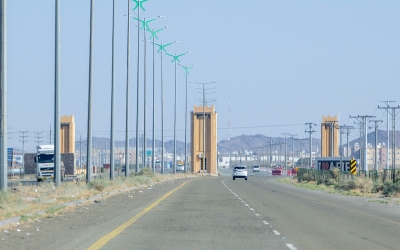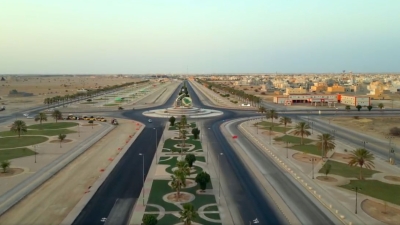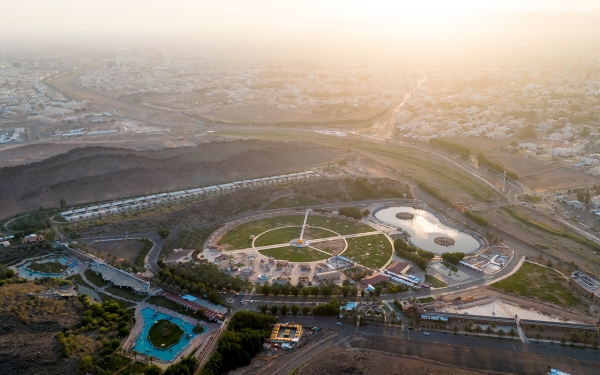
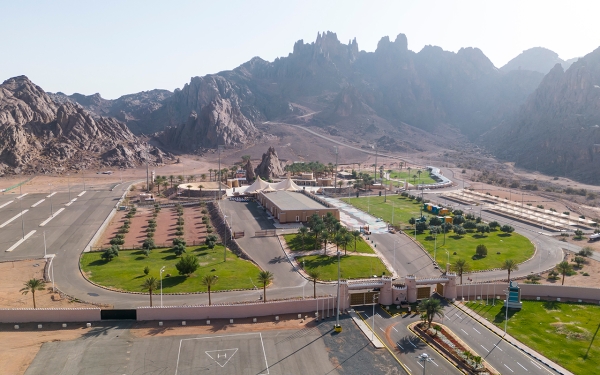
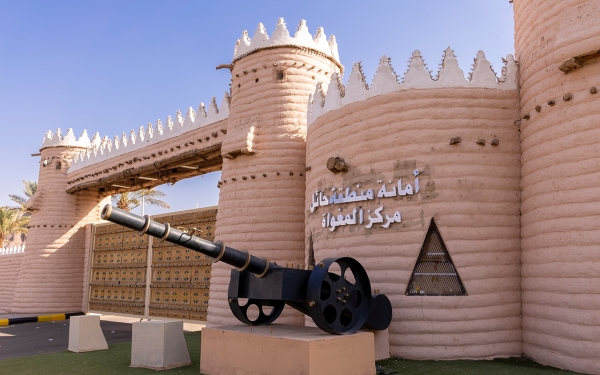
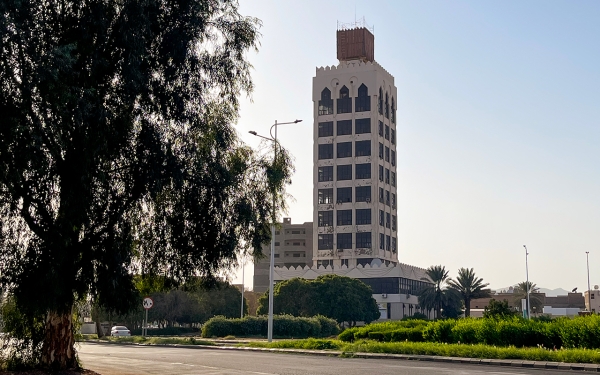
Hail Province (romanized: Minṭaqat H̱āʼil) is one of the thirteen administrative regions of the Kingdom of Saudi Arabia. It is the seventh in terms of surface area and the ninth in terms of population. Located in the center of the northern part of the Kingdom, its territory extends between latitudes 25° and 29°N and between longitudes 38° and 42°E and is surrounded by five administrative regions: al-Jawf, Northern Borders, Tabuk, al-Madinah al-Munawwarah, and al-Qassim.
Governorates of Hail Province
Hail is one of the administrative regions of the Kingdom, whose namesake is its administrative capital, Hail. The province consists of eight governorates, one category A governorate, and seven category B governorates, along with the city of Hail, the administrative capital, the seat of the emirate, and the bulk of its territory. These governorates are: Baqaa, al-Ghazalah, al-Shannan, al-Sulaimi, al-Hait, Sumaira'a, al-Shamli, and Mouqiq, in addition to 109 centers. Since April 22, 2017, the governor of Hail Province has been Prince Abdulaziz Bin Saad Bin Abdulaziz Al Saud, and since 2018, his deputy has been Prince Faisal Bin Fahad Bin Muqrin Bin Abdulaziz.
Hail Region Development Authority participates with the emirate of the province in the management of local developmental and urbanization efforts. The authority operates within a fourteen-task mandate, pursuant to a Council of Ministers decision issued in 2018, organizing development authorities for provinces and cities. The Hail Region Development Authority’s main functions include: formulating general policies for the development of the province; drafting, approving, and updating, where necessary, the province's overall strategic plans, studies, and operational programs; and working to directly oversee the planning, design, and implementation of strategic programs and projects.
Surface area and population of Hail Province
Hail Province spans an area of 120,000 km and covers 6.1 percent of the Kingdom's territory. Although it is small compared to the Kingdom’s overall territory, it is larger than the total area of the three administrative provinces combined: al-Jawf, al-Baha, and Jazan. The province ranks as the Kingdom's third least densely populated region, with a population of 746,406 people, accounting for 2.3 percent of the total population of the Kingdom, according to the 2022 Saudi Census, with an average of six people per km of its territory. The headquarters of the Emirate of Hail Province and Baqaa Governorate are the main urban areas of the province, where 74.14 percent of the population is concentrated.
Investments in Hail Province
Hail Province has a variety of relative advantages that attract investment, besides its natural, touristic, agricultural, and industrial potential, thanks to its diverse terrain and temperate climate. Hail contains vast areas that can be developed and draw local and global economic, cultural, and social investments.
Hail Province is an attractive investment area in the industrial activities sector, with an integrated industrial city under the Saudi Authority for Industrial Cities and Technology Zones (MODON), which provides land for industrial projects. The city occupies an area of 3.88 million m and operates some 115 factories in various sectors, with an occupancy rate of 70 percent. The industrial city enjoys a strategic location and integrated services, especially given its location fifteen km from Hail Airport and seven km from the city center.

Geography of Hail Province
In terms of geography, Hail Province can be divided into the part belonging to al-Nafud Desert to the north and the Shammar Mountains in its central part, which branch into the Aja and Salma mountains. The Aja mountain range extends an estimated one hundred km to the northeast, and its peak rises 1,350 m above sea level. The administrative capital, Hail, is situated on the eastern parts of Mount Aja, at an altitude of 1,000 m above sea level. Mount Aja is home to the preserved ruins of Hatem al-Ta'i Palace, one of the region's most important tourist attractions.
Hail Province has a continental climate, which is hot in the daytime summer when temperatures range from thirty to forty degrees Celsius. By sunset, temperatures drop, and the weather becomes mild. In winter, the weather is cold, as temperatures range from five to fifteen degrees Celsius and sometimes drop below zero.
Rainfall occurs in winter and spring, and the province is blown by wind from different directions throughout the year, not exceeding an average speed of 10 km/h. Spring is the best season to visit Hail because of the moderate temperatures and rainfall.
History of Hail Province
Hail Province has a long history that extends from the prehistoric era, namely the Old Paleolithic Age, the Middle Paleolithic Age, and the Neolithic Age, leading up to the Islamic era. The province was a historic stop on ancient pilgrimage and trade routes, most notably al-Kufi pilgrimage route, as well as historical trade routes from and to the Arabian Peninsula.
Hail is associated with the historical figure Hatem al-Ta’i, who was renowned for his generosity. The province has also been associated with the historical and ancient trails of commercial convoys and pilgrims and has been the hometown of numerous poets and litterateurs.
World heritage sites in Hail Province
The province has been a global focus since the nineteenth century and became famous when French explorer Charles Huber published thirty-six historical inscriptions belonging to Hail in the journal of the Société de Géographie in Paris in 1884. Over time, in 2015, Hail joined the list of cities with world sites on UNESCO's Tangible World Heritage List. These include sites of inscriptions dating back more than ten thousand years BCE, which are the inscriptions found in Jubbah, Rata, and Manjour.

Hail International Rally
Hail Province is a local and global motorsport hotspot and annually organizes the Hail International Rally, one of the World Rally Championship tours. Launched in 2006 under the banner of The Great Nafud Challenge, it garnered success and interest from both domestic and global audiences. The Hail International Rally charted Hail on the international map of world rallies.
Airport of Hail Province
The province is served by the Hail International Airport in the administrative capital, Hail, which is classified as a Class IV international airport that handles less than two million passengers per year and has recorded growth in passenger numbers, domestic flights, and airport compliance. Hail International Airport won first place with a 100 percent compliance rate, outperforming competing airports in total average wait time for departures and arrivals, according to the General Authority for Civil Aviation's monthly report for June and July 2023.
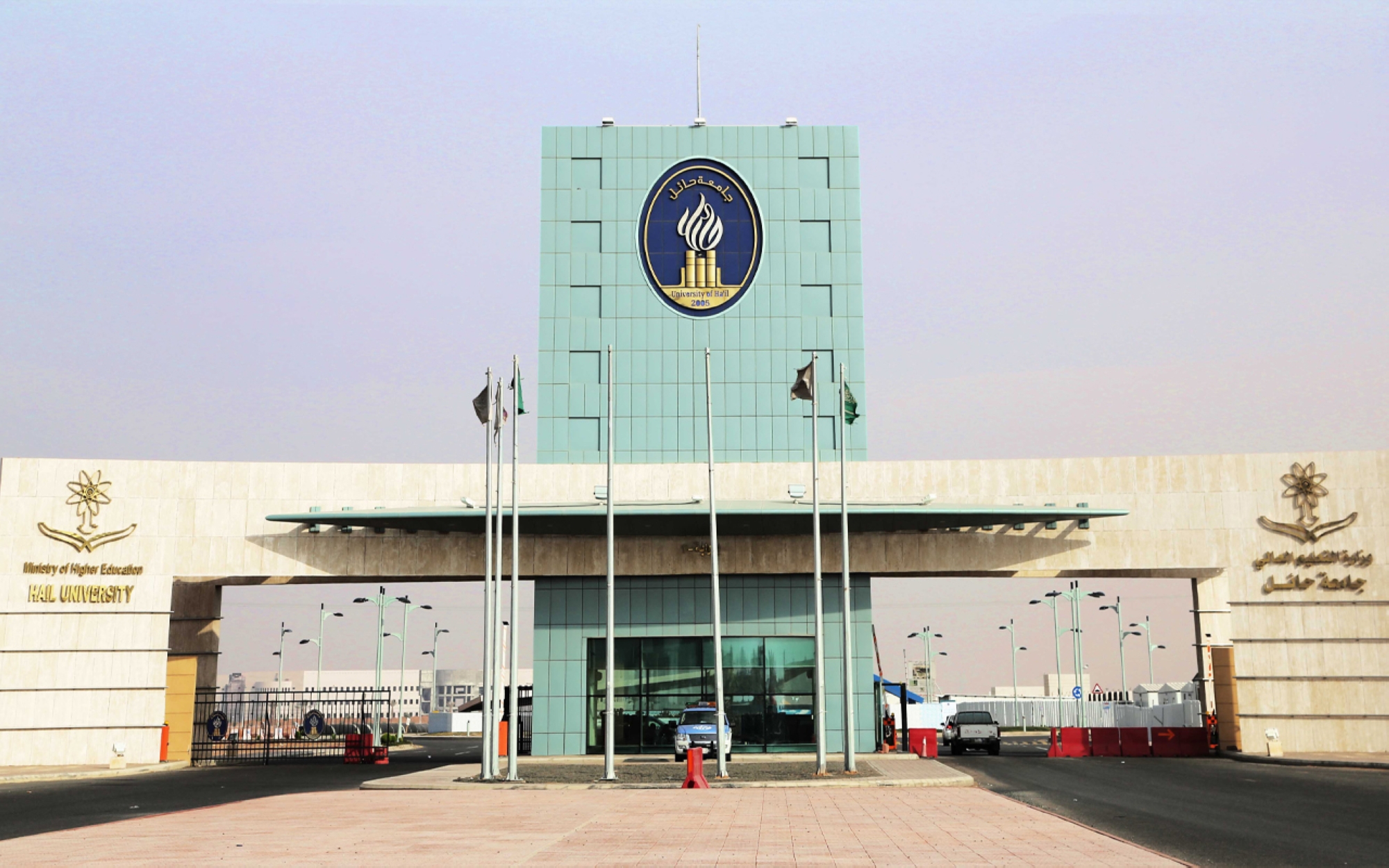
Higher education in Hail Province
There is one public university in Hail Province, located in the administrative capital and bearing its name. Founded in 2005, the University of Hail has fourteen faculties, offering bachelor's and postgraduate programs. In 2022, the university achieved academic leaps and an advanced rank on the Times Higher Education World University Rankings. The university ranked among the 351 best universities worldwide and fifth among Saudi universities. The University of Hail also received full institutional accreditation from September 1, 2021, until November 30, 2027, from the Education and Training Evaluation Commission, represented by the National Center for Academic Accreditation and Evaluation.
Related quizzes
Related articles

